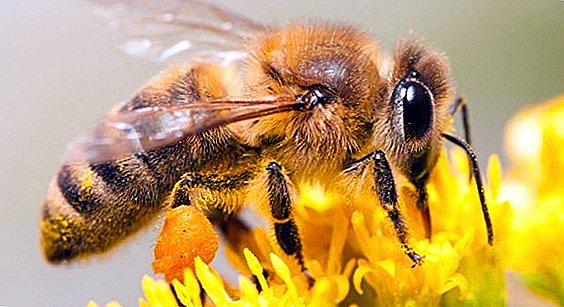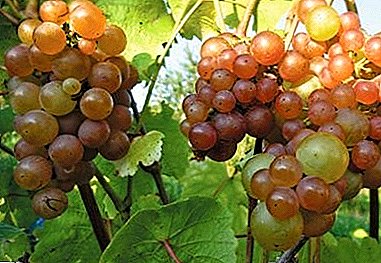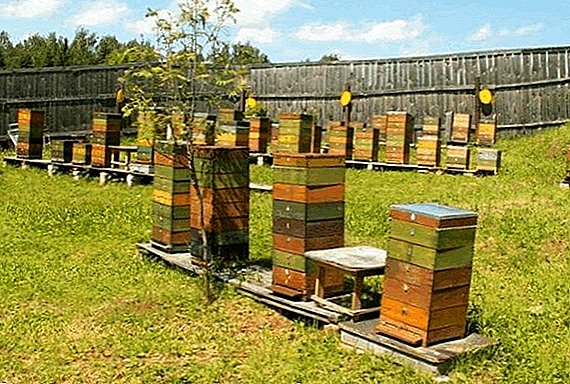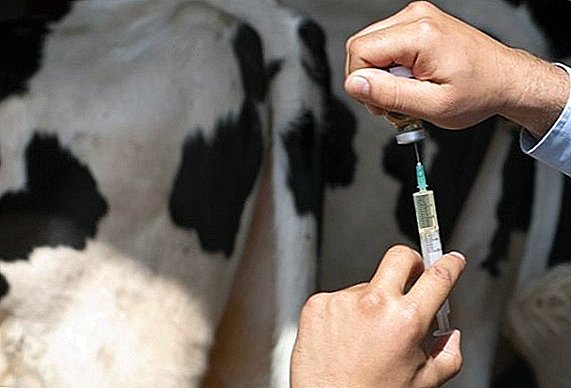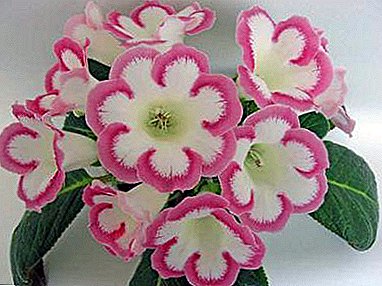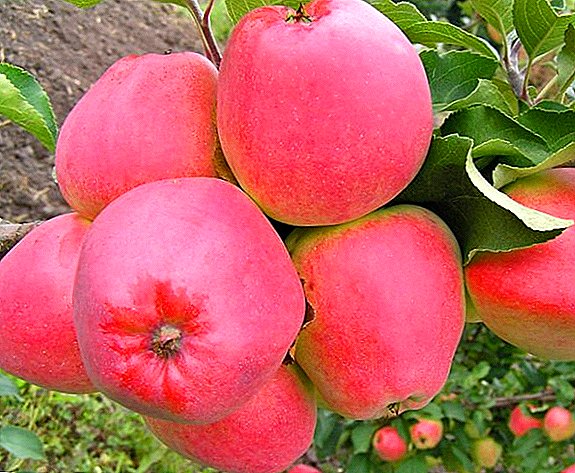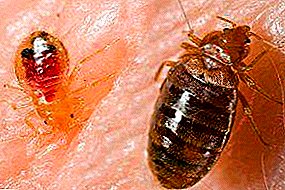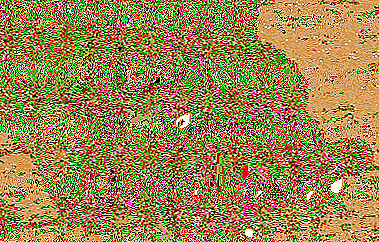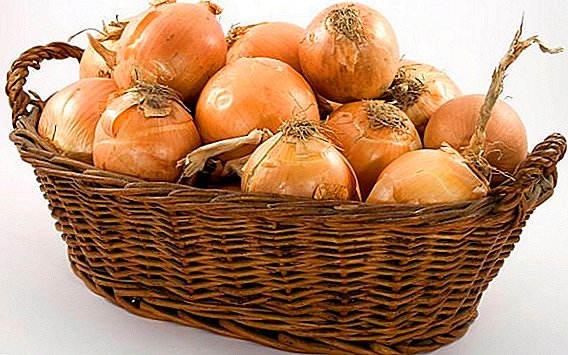 Onions are able to heal not only the human body, but also the beds on which it is planted. It is for this reason that gardeners love to grow it so much, and for the same reason today we will talk about how to grow onions from seeds.
Onions are able to heal not only the human body, but also the beds on which it is planted. It is for this reason that gardeners love to grow it so much, and for the same reason today we will talk about how to grow onions from seeds.
What are the advantages of planting onions from seed?
Most summer residents and villagers are accustomed to using onion sets for planting, since the harvest from it is very good, and you don’t have to bother with seedlings. However, planting seeds with onions has many advantages:
- Using Sevka very often leads to the fact that gardeners personally pests of different crops are brought to their beds, as well as pathogens. For this reason, it is recommended to soak the seedlings in a solution of potassium permanganate before planting; however, even it is not capable of killing all the pests that may be inside the set. As for the seeds, their disinfection gives one hundred percent disposal of pests.
- As well as sevke, seeds of many varieties of onions allow you to get commodity roots in just one season. At the same time, the obtained onions are distinguished by no less quality and special taste.
- If you have your own seedlings, you can be sure of getting a good harvest. The fact is that a turnip very often has inside the emptiness because of which it cannot be reborn into a full-fledged onion.
- Exist sweet onions, which is impossible to grow from sevka. The fact is that sweet onions have a less dense structure, rather than the usual, and very short shelf life - only 3-4 months. It is for this reason that it cannot be saved until the next planting, and only the seeds have to be used.

How to choose onions for growing: which variety to choose
Planting onions and how to do it in a right way depends on the selected variety, because it is the variety that affects the way of cultivation, as well as the time it takes to add seeds to the soil. So, all 60 varieties of onions are divided into two main types:
- South. These varieties are more heat-loving, they require about 17 hours of daylight, otherwise the quality of the crop will decline. This type of onion includes so-called sweet varieties, which have a short shelf life. It is their most rational to grow through seeds.
- North. These are more acute varieties of onions, which are grown mainly from seedlings, and which require less hours of daylight hours. These varieties are perfectly preserved, which is why it is not difficult to get and keep seedlings from them.

Among the varieties of domestic breeding for growing from seeds are suitable:
- Danilovsky 301;
- Myachkovsky 300;
- Strigunovsky;
- Chavsky one-year;
- Siberian annual;
- Odintsovo;
- Pink early;
- Zolotnik.
Important! Perennial varieties should not be used for annual cultivation, since in such cultivation the bulbs are usually obtained as deformed.
When to sow onion seedlings
The answer to the question of when to sow onion seeds depends on the method of planting onions with seeds, which are just three:
- Sowing seeds directly into open soil in early spring. This is done immediately after the soil begins to thaw from the snow. Thanks to this, the seeds have enough time to grow into full-fledged onion heads already by the fall of the current year.
- By growing seedlings. This method is more troublesome, because the seeds are soaked and germinated before the seedlings at home. To begin this task should be in February, which will allow planting of one-year onion in open ground as early as April.
- Sub-winter sowing. In this case, the onion seeds are sown in the soil in the autumn, and it is important that the ground is already slightly frozen. However, with unstable weather conditions, it is very difficult to get a harvest from seeds sown in autumn. The fact is that even a slight thaw can stimulate the germination of seeds, which will die when the next frost occurs and will not be able to give you a harvest in the spring.

Did you know? Heads of bulbs can have the most different sizes that in many respects depends on a grade, a way of cultivation, the soil and favorable conditions. Record bulb weight was 8.49 kg, and it was grown in Britain.
How to prepare the seeds before sowing
 Planting onions on the head begins with the preparation of seeds. First of all, they should be checked for germination, which is important to do another month before sowing. For this, only 15-20 seeds are taken from the pack, which are wrapped in a damp cloth and left in a warm place for 2 weeks. According to the result, it will be possible to predict your future harvest of onions.
Planting onions on the head begins with the preparation of seeds. First of all, they should be checked for germination, which is important to do another month before sowing. For this, only 15-20 seeds are taken from the pack, which are wrapped in a damp cloth and left in a warm place for 2 weeks. According to the result, it will be possible to predict your future harvest of onions.
However, even if the seeds showed a good shoot, they also need to be treated for fungal diseases. To do this, all the seeds are poured into a cloth bag and dipped for 15 minutes in boiling water, and then another 1 minute in cold water. In the same pouch or piece of cloth, the seeds must be kept for another day at room temperature, constantly moistening with water.
When and how to transplant onions: landing scheme
During sowing, onion seeds are placed in furrows, between which it is worth keeping a distance of 5 cm. At the same time, it is necessary to retreat 10 cm from the edge of the bed. Seeds are buried to a depth of 2 cm.
Important! According to the described scheme, it is recommended to sow only three furrows, from which it is necessary to retreat 15 cm, after which you can repeat 3 more furrows in a similar pattern.
 Seeds in the furrows should be located at a distance of 1-1.5 cm from each other. After sowing, they are covered with soil, which needs to be slightly tamped and watered well. Top bed is covered with polyethylene, which will contribute to seed germination. When germinating, you should remove the cotyledons, which appear in the form of roots, and not loops, as they still die.
Seeds in the furrows should be located at a distance of 1-1.5 cm from each other. After sowing, they are covered with soil, which needs to be slightly tamped and watered well. Top bed is covered with polyethylene, which will contribute to seed germination. When germinating, you should remove the cotyledons, which appear in the form of roots, and not loops, as they still die.
Did you know?Onions are the most common vegetable on the entire planet.
When the seedlings grow, it should be thinned out. This should be done in such a way that there is a space of 2 cm between the plants. In the same way, it is recommended to plant the seedlings that were grown at home.
Do I need care for onions, and how does it manifest itself
How to grow onions from seed without care? Of course, a certain attention to the bow is needed, although it requires very little of it. The main care for onions is manifested in three main directions.
Watering
 Watering onion seedlings in the period from May to June can be done only once a week, if the weather is very dry - you can take it up to two times a week. At the same meter of beds, it is necessary to pour out up to 10 liters of water. But the excess moisture in July can damage the bulbs, which during this period begin their formation, so watering should stop. The only exception will be a very hot summer, when you still have to carry small portions of moisture on the beds with plants, while trying not to damage the feathers of green onions.
Watering onion seedlings in the period from May to June can be done only once a week, if the weather is very dry - you can take it up to two times a week. At the same meter of beds, it is necessary to pour out up to 10 liters of water. But the excess moisture in July can damage the bulbs, which during this period begin their formation, so watering should stop. The only exception will be a very hot summer, when you still have to carry small portions of moisture on the beds with plants, while trying not to damage the feathers of green onions.
Weed removal from the beds
Weed beds with onions should be regularly, because when you pull out a large weed, you can pull out or damage the bulbs themselves. That weeds were pulled out easily, beds can be previously watered. It should be remembered that when removing weeds, loosening of the soil should be partial, since deep loosening can also harm the bulbs, especially in the early stages of growth.
Fight against diseases and pests
The most effective pest control is to strengthen the plant itself through additional supplements. To do this, you can use a solution of urea, a spoon which is diluted in a bucket of water. This solution can be used to water the beds instead of water, while consuming approximately 4 liters of feed per meter of the beds.
When to start harvesting and how to prepare onions for storage
 Onion harvest is going to be practically the very first in the garden, unless, of course, you count berries and greens. The fact that the annual onion is time to collect, you will tell faded and yellowed feathers. Usually this period falls on the last weeks of July - the beginning of August.
Onion harvest is going to be practically the very first in the garden, unless, of course, you count berries and greens. The fact that the annual onion is time to collect, you will tell faded and yellowed feathers. Usually this period falls on the last weeks of July - the beginning of August.
Important! Even if in the first weeks of August the onion feathers remain green, it is still necessary to collect it from the garden and spread it out under a canopy to dry. If you leave the onion in the soil longer, it can re-root.
All dried feathers should be completely removed from the dried onions, and the bulbs should be dried additionally near the heating appliances. This simple manipulation will help you keep the crop longer in winter, as well as protect it from the development of rot and powdery mildew.
Well dried onions are necessarily sorted: small bulbs are selected for subwinter seeding, while large ones are sent to boxes or canvas bags for storage. It is recommended to keep onions in a dark place with a temperature in the region of + 18 ° С. Periodically onions should be shifted to determine sprouted and rotted heads that need to be immediately removed. If all these rules are observed, the onions can be stored up to the new season, but it is worth understanding that this factor directly depends on the variety used.


